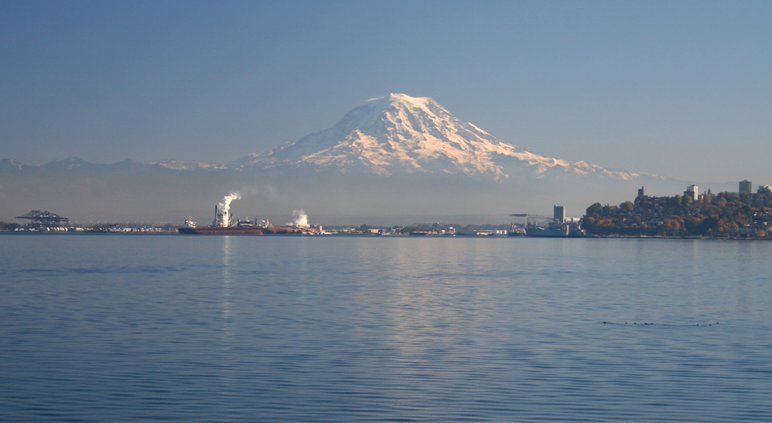Addressing climate change is a critical challenge for Washington state and a priority for Ecology. We are working hard to mitigate the causes of climate change, but it’s also vital to address its potential impacts to infrastructure and the environment. That’s why we created new guidance for cleaning up toxic sites: Adaptation Strategies for Resilient Cleanup Remedies.
Climate change impacts can affect our health and safety, the economy and environment, and the state’s abundant natural resources. The projected impacts that could affect cleanup sites include: Photo courtesy of Dawn Gardiska
- Sea level rise
- More severe flooding
- Risk of more frequent and intense wildfires
- Increased landslide and erosion
- More severe drought
This new guidance gives site managers tools for conducting site-specific vulnerability assessments. These assessments can then be used to identify adaptation measures to increase the resilience of cleanup site remedies. Implementing these measures during early stages of the cleanup process can maximize their integrity and reduce short- and long-term costs.
As part of this guidance, Ecology conducted an assessment of the state’s cleanup sites to understand what types of sites are most vulnerable to climate change impacts. Of the cleanup sites identified as highly vulnerable, we found that sea level rise poses the most risk.
Specifically, sediment and upland cleanup sites in or near marine and tidally-influenced waterbodies are at risk from flooding and more severe storms, which could damage cleanup remedies and potentially release contamination. For example, a remedy with an armored cap — a cleanup option that isolates contamination — could be eroded from a severe storm event.
To create this guidance, we used the latest science from the University of Washington and Oregon State University, NOAA, EPA, and the Intergovernmental Panel on Climate Change. And, most importantly, we harnessed the significant technical expertise of our agency ranging from site managers, hydrogeologists, underground storage tank inspectors, engineers, policy analysts, and sediment experts.
By improving the resilience of our cleanup remedies to the impacts of climate change, we can help ensure that our efforts are effective in the long-term. And, by accounting for regionally-specific climate change impacts like sea level rise, we can better protect the significant investment in time, resources, and money that make cleanup happen.
To learn more, read:


